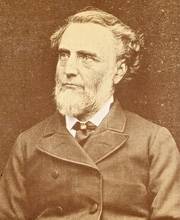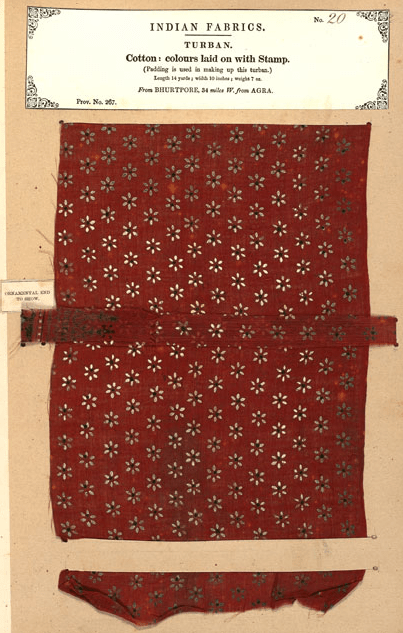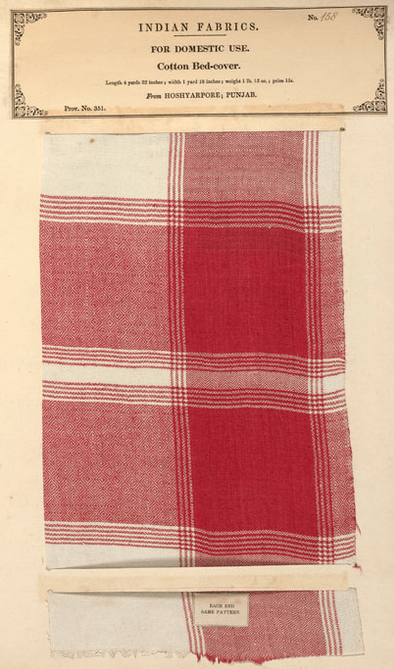John Forbes Watson: A fierce cataloguer of Indian textiles for the Secretary of State for India

It won’t be an overstatement to state that rich tradition of Indian textiles never ceased to fascinate all ranks of colonial officers a great deal and led them to replicate the designs back at clothing mills in Liverpool and Manchester. John Forbes Watson, a Scottish physician was appointed as director of the India Museum, London, in 1858. The subject of his research were not the paintings or sculptures, but yards and yards of fabric, tobacco and other usable goods. Despite being an ardent admirer of Indian aesthetics, Watson was savage in his pursuit of British commercial interests and turned in a hefty account of Indian textiles techniques in the compendium of the collected fabrics called ‘Collections’.



Watson was part of a group of Victorians such as George Birdwood and Owen Jones who admired Indian textiles, especially for their use vibrant design and color. His 18-volume series, The Collections of the Textile Manufactures of India, remains an testament to the diversity and legacy of Indian textiles, but it also became a tool which was used to destroy the identity of local weavers and artisans. Textiles containing seven hundred examples in all The samples were mostly taken from Indian textiles shown at the 1855 Paris International Exhibition, but some came from previous Museum acquisitions; many of the remnants survive in the V&A’s Asian textile collection.
The mobile trade museum was one of Watson’s most inspired ideas which includes a portable collection of textiles that could travel places, performing the dual role of education and inspiring commercial imitation. The textile ‘specimen’ were displayed in encased glass mounted on revolving stands, thus would enable the spectator to undertake a minute inspection of the object. The textile samples were the means of inspiring the students and textile manufacturers in Britain and also to keep them abreast with the market opportunities in India.